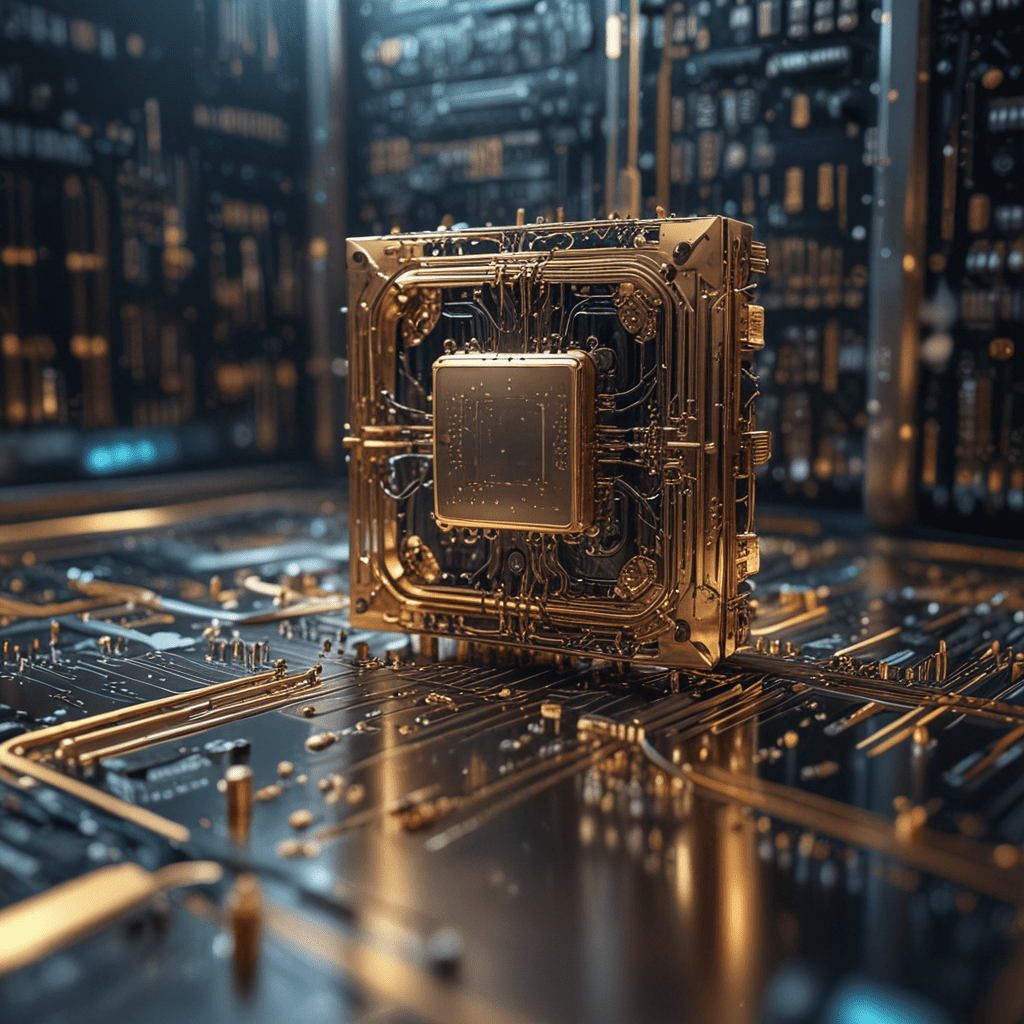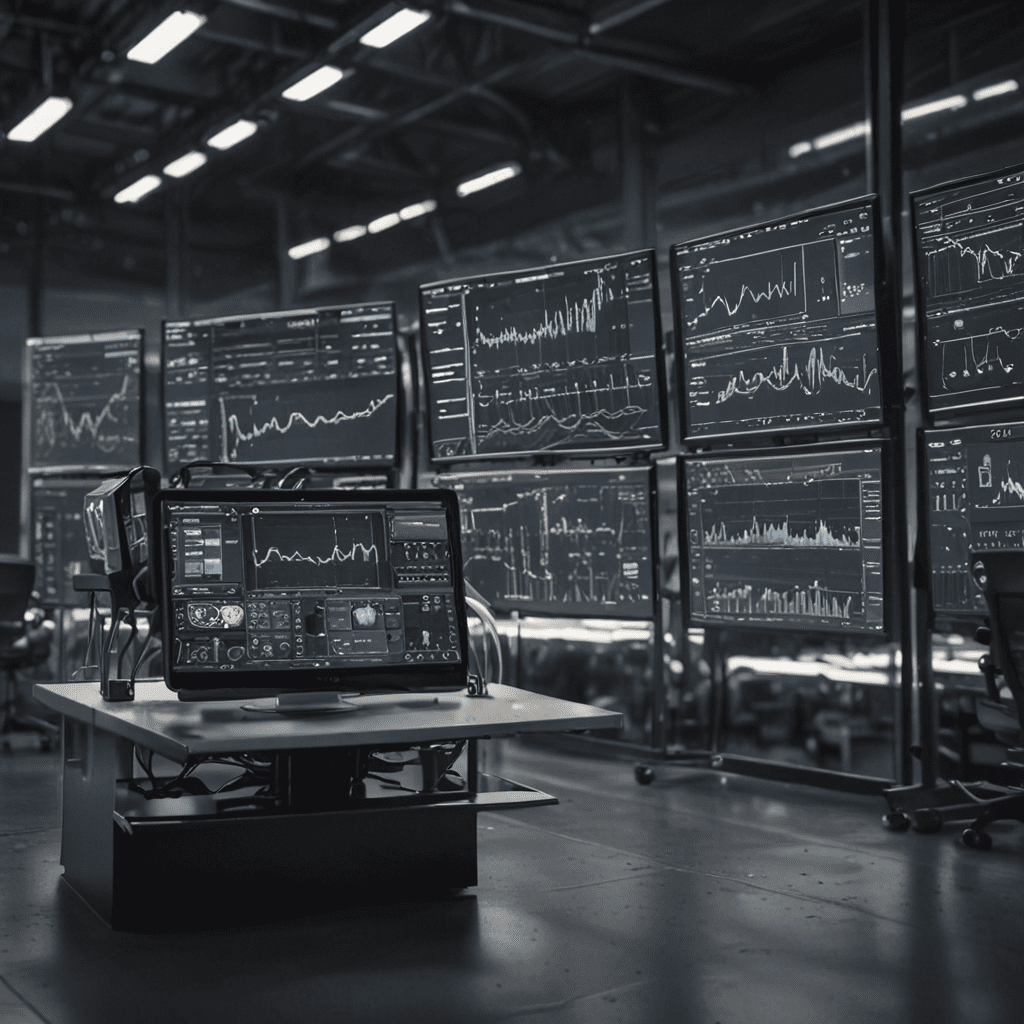1. Introduction
In today's digitally connected world, wearable technology and Internet of Things (IoT) devices are revolutionizing the way we interact with our surroundings and manage our lives. These devices seamlessly integrate with Software as a Service (SaaS) applications, empowering businesses and individuals alike to enhance their operations and experiences. This article delves into the role of wearable technology and IoT devices in SaaS applications, exploring their integration, data collection and analysis capabilities, and their transformative impact across various domains.
2. Defining Wearable Technology and IoT Devices
Wearable technology refers to electronic devices, such as smartwatches, fitness trackers, and augmented reality glasses, that can be worn on or attached to the body. These devices are equipped with sensors that collect data about the user's physical activity, health metrics, and environmental conditions. IoT devices, on the other hand, are physical objects embedded with sensors and internet connectivity, enabling them to communicate and exchange data with other devices and systems. Examples of IoT devices include smart thermostats, connected appliances, and industrial sensors.
3. Integration of Wearables and IoT into SaaS
The integration of wearable technology and IoT devices into SaaS applications unlocks a wealth of opportunities. SaaS applications can leverage data collected from these devices to provide personalized experiences, improve operational efficiency, and enable remote monitoring. For example, fitness trackers can seamlessly sync with SaaS-based health and wellness platforms, allowing users to track their activity levels, set goals, and receive personalized feedback. Similarly, smart home devices can connect to SaaS-based home management systems, enabling users to remotely control and monitor their home appliances, lighting, and security systems.
4. Data Collection and Analysis
Wearable technology and IoT devices generate vast amounts of data that can be collected and analyzed by SaaS applications. This data provides valuable insights into user behavior, health, and environmental conditions. By leveraging machine learning and artificial intelligence algorithms, SaaS applications can extract meaningful patterns and trends from this data, enabling personalized recommendations, predictive analytics, and proactive interventions. For example, a SaaS-based healthcare platform can analyze data from a patient's wearable health tracker to identify potential health issues and recommend preventive measures.
5. Personalized Experiences
The integration of wearable technology and IoT devices into SaaS applications empowers businesses to deliver highly personalized experiences to their customers. By collecting and analyzing data from these devices, SaaS applications can gain a deep understanding of user preferences, habits, and behaviors. This knowledge can be used to tailor content, recommendations, and services to each individual's needs. For instance, a SaaS-based e-commerce platform can leverage data from a customer's fitness tracker to recommend workout gear that aligns with their activity levels and fitness goals.
6. Improved Efficiency
Wearable technology and IoT devices can significantly improve operational efficiency in various industries and domains. By automating tasks and providing real-time data insights, these devices can help businesses optimize processes and reduce operational costs. For instance, in the manufacturing sector, IoT sensors can monitor equipment performance and predict maintenance needs, reducing downtime and increasing productivity. Similarly, in the healthcare industry, wearable health trackers can remotely monitor patients, enabling healthcare providers to proactively intervene and prevent complications, leading to improved patient outcomes and reduced healthcare costs.
7. Healthcare Applications
Wearable technology and IoT devices are revolutionizing the healthcare industry by empowering patients with personalized and proactive health management tools. Wearable health trackers can continuously monitor vital signs, activity levels, and sleep patterns, providing valuable insights into an individual's health and wellness. This data can be shared with healthcare providers through SaaS-based healthcare platforms, allowing them to remotely monitor patients and provide personalized care. Additionally, IoT-enabled medical devices, such as smart inhalers and insulin pumps, can improve medication adherence and disease management.
8. Fitness and Wellness Tracking
Wearable technology has become an integral part of the fitness and wellness industry. Fitness trackers provide real-time data on steps taken, distance covered, calories burned, and heart rate, motivating users to stay active and achieve their fitness goals. These devices can also track sleep patterns and provide personalized sleep recommendations. The data collected from wearable fitness trackers can be integrated with SaaS-based health and wellness platforms, offering users comprehensive insights into their overall health and fitness progress.
9. Smart Home Management
Wearable technology and IoT devices are transforming the way we manage our homes. Smart home devices, such as voice assistants, smart thermostats, and connected appliances, can be controlled and monitored remotely through SaaS-based home management systems. This enables users to automate tasks, control their home environment, and enhance their comfort and convenience. For example, users can set up automated routines to turn off lights and adjust the thermostat when they leave the house, saving energy and providing peace of mind.
10. Enterprise Applications and Use Cases
Wearable technology and IoT devices offer numerous enterprise applications and use cases across various industries. In retail, wearable devices can power augmented reality experiences, enabling customers to virtually try on products and access product information. In logistics and supply chain management, IoT sensors can track the location and condition of goods in real-time, improving inventory management and reducing shipping delays. Wearable devices can also enhance employee safety and productivity in industries such as mining and construction, by providing real-time monitoring of vital signs and environmental conditions.
FAQs:
Q: How can businesses leverage wearable technology and IoT devices to improve customer experiences?
A: By integrating wearable technology and IoT devices into SaaS applications, businesses can collect and analyze data to personalize user experiences, deliver tailored recommendations, and provide proactive support.
Q: What are some specific examples of how wearable technology and IoT devices are used in healthcare?
A: Wearable health trackers can remotely monitor vital signs and activity levels, enabling healthcare providers to proactively intervene and prevent complications. Smart medical devices, such as insulin pumps and inhalers, improve medication adherence and disease management.
Q: What are the key benefits of using wearable technology and IoT devices for fitness and wellness tracking?
A: Wearable fitness trackers provide real-time data on physical activity, heart rate, and sleep patterns, motivating users to stay active and achieve their wellness goals. The data collected from these devices can be integrated with SaaS-based health platforms for comprehensive insights and personalized recommendations.

